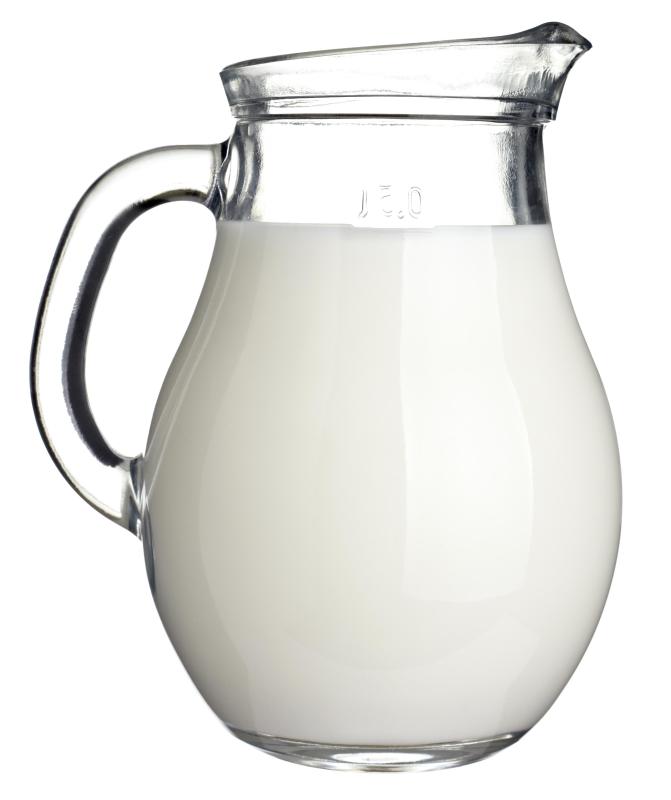At DelightedCooking, we're committed to delivering accurate, trustworthy information. Our expert-authored content is rigorously fact-checked and sourced from credible authorities. Discover how we uphold the highest standards in providing you with reliable knowledge.
What is Emmental Cheese?
Emmental cheese is the original Swiss cheese, a creamy colored cow's milk cheese with characteristic large holes. The cheese originated in the Emme Valley of Switzerland, in the region of Bern, although it has been duplicated by many nations. The large holes and creamy, nutty flavor have made Emmental a perennial favorite around the world, and the cheese is well suited to a range of cooking projects. Most grocers carry Emmental cheese or regional duplications of the cheese.
Under European law, cheese labeled as “Emmentaler Swiss” has an Appellation of Controlled Origin, which means that only cheese made in the Emme Valley in a certain way can carry this label. Emmental cheese, however, is not so protected, which can lead to confusion for consumers, since technically Emmental cheese can come from anywhere. For people who want to seek out the distinct flavor of true traditional Emmental, Emmentaler Swiss should be obtained.

As is the case with many famous cheeses, Emmental is a raw milk cheese when it is made in the traditional fashion. The milk from the cheese is supposed to come from pasture fed cows, and it usually has a high butterfat content and a fruity, slightly herbal aroma as a result of the forage fodder that the cows eat. The milk is heated, inoculated with bacteria, allowed to curdle, and then pressed into extremely large cheese molds to make wheels of cheese which can exceed 200 pounds (91 kilograms).

As the cheese cures, the bacteria inside generate a great deal of carbon dioxide. The thick rind on the outside traps the gas inside, causing it to form distinctive large holes. Typically, the cheese is aged for at least four months, and often much longer. Since the cheese is aged, it is legal for sale in the United States despite being a raw milk cheese, since the Food and Drug Administration has established that cheeses aged at least 60 days pose a low risk of food borne illness. Most Emmental cheese ages for around a year before it goes to market. If the cheese is to be labeled Emmentaler Swiss, it is usually inspected to make sure that it meets the standards of the appellation.

The cheese melts extraordinarily well, making it a popular choice for grilled sandwiches and baked dishes which include cheese. It can also be sliced and eaten plain, and is a popular inclusion on cheese plates. A high quality Emmental cheese can greatly enhance any dish it is included in, from quiche to a cheeseburger, and for this reason, the cheese has an enduring popularity.
AS FEATURED ON:
AS FEATURED ON:

















Discussion Comments
@Catapult, I have found many types of Emmental cheeses in other European countries as well, and as you say, it is not exactly like the "Swiss" cheese common in the states. It is pretty mild, though, and in a different way from smoked cheeses or cheddars, so it makes sense that it is so popular.
I am currently living in Slovakia, and trying to buy cheese here is a very different experience. While cheddar is hard to come by, most stores have numerous kinds of emmental; of course, most of it is just generic emmental that is probably made locally. It is a tasty cheese, and a bit different from the swiss cheeses most commonly available in the United States.
Post your comments